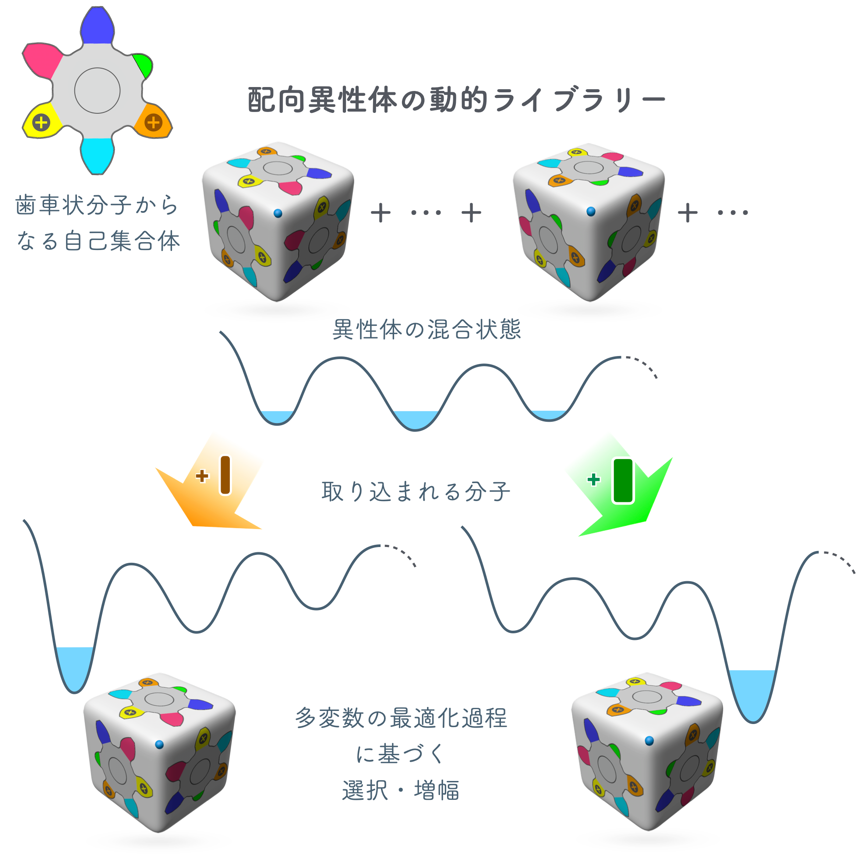2025-05-22 中国科学院(CAS)
<関連情報>
- https://english.cas.cn/newsroom/research_news/infotech/202505/t20250523_1044313.shtml
- https://spj.science.org/doi/10.34133/remotesensing.0496
農地面積の増加とそれに伴う人為的な水消費により、エビヌール湖は干上がりの危機に瀕している Increasing Cropland Area and Its Associated Human-Induced Water Consumption Put Ebinur Lake at Risk of Drying Up
Hongwei Zeng, Yan Xie, Abdelrazek Elnashar, Shuai Wang, […] , and Bingfang Wu
Journal of Remote Sensing Published:1 Apr 2025
DOI:https://doi.org/10.34133/remotesensing.0496

Abstract
Quantifying the impact of agriculture on tail-end lakes is key to the sustainable development of mountain–oasis–desert ecosystems. This study integrated remote sensing and machine learning to explore the linkages between the cropland in the oasis and water dynamics of the tail-end lake in the Ebinur Lake Basin. A novel data-driven model is proposed to decouple cropland evapotranspiration (ET) into natural (ETn) and human-induced (ETh) components, which helps to quantify the contributions of climate change and human activities to cropland ET. The model performed well with R2 values ranging from 0.88 to 0.96 from 2003 to 2019. Ebinur Lake experienced a “shrinkage–expansion” change from 2003 to 2019. Between 2003 and 2015, the surface water area (SWA) decreased from 785.91 to 478.83 km2 with an accumulated water storage deficit of 0.32 km3. After 2015, SWA rebounded to over 700 km2 and the accumulated water storage deficit was almost eliminated due to increased rainfall and external water transfer. Concurrently, the oasis cropland expanded from 2,871.2 km2 in 2003 to 4,325.7 km2 in 2019. The expansion of the cropland and the increased cropland ETh after 2013 raised the total water consumption of the cropland from 1.37 km3 in 2003 to 2.21 km3 in 2019. The contribution of ETh increased from 67% in 2013 to 77% in 2019, but the share of ETn decreased from 33% to 23%. To restore the SWA of Ebinur Lake to its ideal 800 km2, an additional water of 0.29 km3 would be required. Alarmingly, Ebinur Lake has resumed rapid shrinkage since 2020, and urgent action is needed to prevent further degradation.



